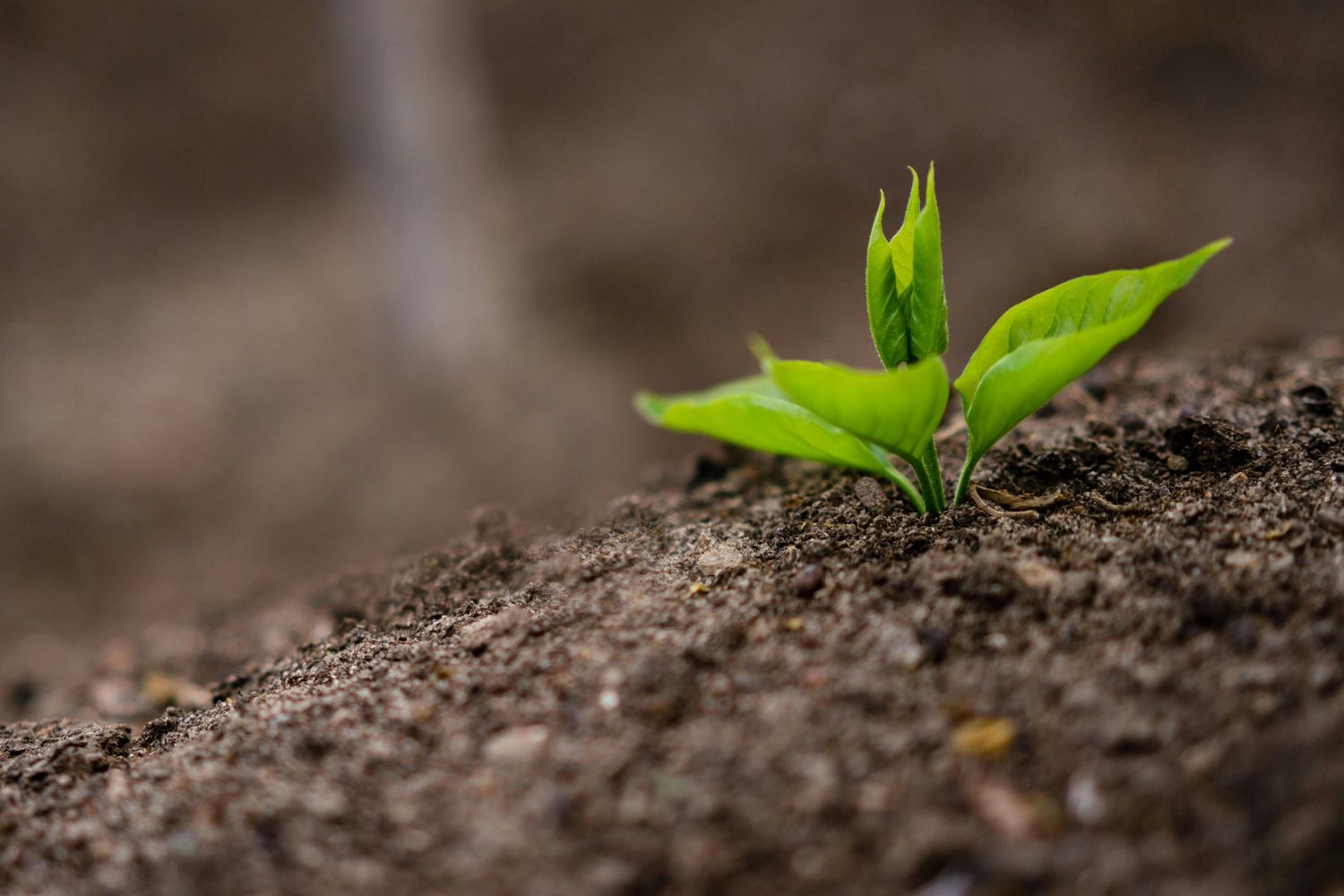Staff Writer Casey Jayne Collins considers the impact of the Save Soil movement, explaining its role in the recent trend of famous figures bringing land degradation into focus.
Dirt has caught the attention of many well-known global and cultural leaders such as the Dalai Lama or Prime Minister Modi. The origins of this widespread phenomenon can be traced back to a single individual: Sadhguru, a renowned spiritual leader from India and founder of the Isha Foundation, who appears to be embracing a transformative shift in his life’s work.
Who is Sadhguru?
Sadhguru defines himself as a yogi, mystic and a visionary. A best-selling author, guest lecturer at esteemed institutions including University of Oxford, Harvard and Yale, as well as an avid dancer, Sahguru has been recognised as one of India’s 50 most influential people. He established the Isha Foundation, a non-profit organisation with over 300 centres worldwide, offering diverse spiritual programs aimed at enhancing physical, mental and spiritual health.
Observing the “oneness” between an individual and their environment, Sadhguru and his followers embarked on an ambitious journey to rejuvenate the natural world. Before spearheading a global campaign to combat soil degradation, he initiated a local effort, Rally for Rivers (RFR), to address the critical condition of India’s waterways, which serve as vital economic and spiritual lifelines for millions. Travelling over 9,300 kilometers on a motorbike, Sadghuru garnered awareness and support, ultimately securing endorsements from more than 162 million people. A significant milestone for the movement was reached in 2018 when Niti Aayog, a prominent Indian government think tank, released a national advisory based on the RFR’s recommendations.
Stating that his ultimate life goal is to elevate “human consciousness”, Sadhguru has expanded his initiatives beyond his spiritual community. The latest endeavour, the Save Soil campaign, aims to reach at least four billion people.
What are they up against?
Approximately one-third of the world’s soil has undergone varying degrees of degradation — biological, chemical or physical. According to the United Nations Office for Disaster Risk Reduction, an alarming 12 million hectares of productive agricultural soil is lost annually. This degradation, resulting from unsustainable land management and exacerbated by climate change, manifests in outcomes ranging from nutrient depletion to complete desertification. Ultimately, degraded soil loses its capacity to sustain any life.
The consequences of soil degradation are severe. For vulnerable communities, it increases susceptibility to landslides and floods, while globally, diminishes the nutritional value of crops. Furthermore, degraded soil, one of the planet’s largest carbon sinks, releases carbon dioxide when its integrity is compromised, thus exacerbating climate change.
The geopolitical implications are equally dire. Experts and climate projections suggest that deteriorating soil quality could become a significant driver of future conflict. The Intergovernmental Science-Policy Platform on Biodiversity and Ecosystem Services (IPBES) warns that by 2050, between 50 and 700 million people could face displacement due to declining soil conditions. Should this trajectory persist, the struggle for arable land and essential resources could become a catalyst for civil wars and global instability.
What is the plan of attack?
The Save Soil initiative aims to spotlight this critical but often overlooked crisis, successfully transforming it into a global movement. Volunteers within the project are leveraging their communication channels to collaborate with policymakers and advocate for sustainable soil management practices. During COP 15, Sadhguru presented his policy recommendations, with a particular focus on supporting farmers.
The campaign’s strategy involves incentivising them to increase the organic matter — the carbon-based component — in their soil. Additionally, Sadhguru champions the concept of “preferential marketing“, encouraging consumers to prioritise products cultivated in healthy soil. By aligning consumer behaviour with sustainable farming techniques, the initiative seeks to create a ripple effect of positive policy change.
To spark conversation and gain global attention, Sadhguru embarked on a multi-continental journey. He completed a 30,000-kilometer motorcycle ride from the United Kingdom to India, making stops in 27 different countries to advocate for his cause. At each stop, Sadhguru was joined by spiritual followers and supporters of the Save Soil movement, amplifying the campaign’s reach and impact.
The leader and his team continue their global advocacy efforts, urging citizens to pressure their own political leaders for soil-friendly legislation. Numerous cases of soil conservation have already shown positive results for agricultural communities. The campaign now seeks to broaden its reach by engaging mainstream media and celebrities. This outreach strategy incorporates appearances on talk shows, live interviews and expert panels.
How the message resonates
The campaign has garnered good recognition. Dedicated members of the movement have used their personal platforms to amplify its message, while political leaders and climate experts have endorsed the cause through social media. Perhaps most strikingly, numerous cultural figures have also joined the movement. Prominent musicians such as Will.i.am, SZA, Maluma and Ty Dolla $ign, actors including Will Smith, Mark Wahlberg and Sidharth Malhotra, as well as influential business leaders like Tony Robbins have lent their voices to the campaign. This extensive support has transformed Save Soil into a truly global movement. This aligns with the Save Soil mission to get people actively involved in lobbying their representatives. Celebrities are utilising their global channels to reach individuals who may not be actively tracking environmental issues, especially those of agriculture and soil. For example, Dr. Jane Goodall helps explain how soil degradation affects everyone and the possible consequences of ignoring the problem as the global population continues to grow. Others try to educate their younger audiences by creating engaging social media content. They help make the issue relatable for followers who have come together over a shared interest.
While the initiative celebrates its significant progress in raising global awareness, its mission remains far from complete. The continued degradation of soil necessities immediate action to preserve biodiversity, alleviate water scarcity and avert impending food crises. Addressing these challenges begins with safeguarding the foundation of all terrestrial life: soil.

















